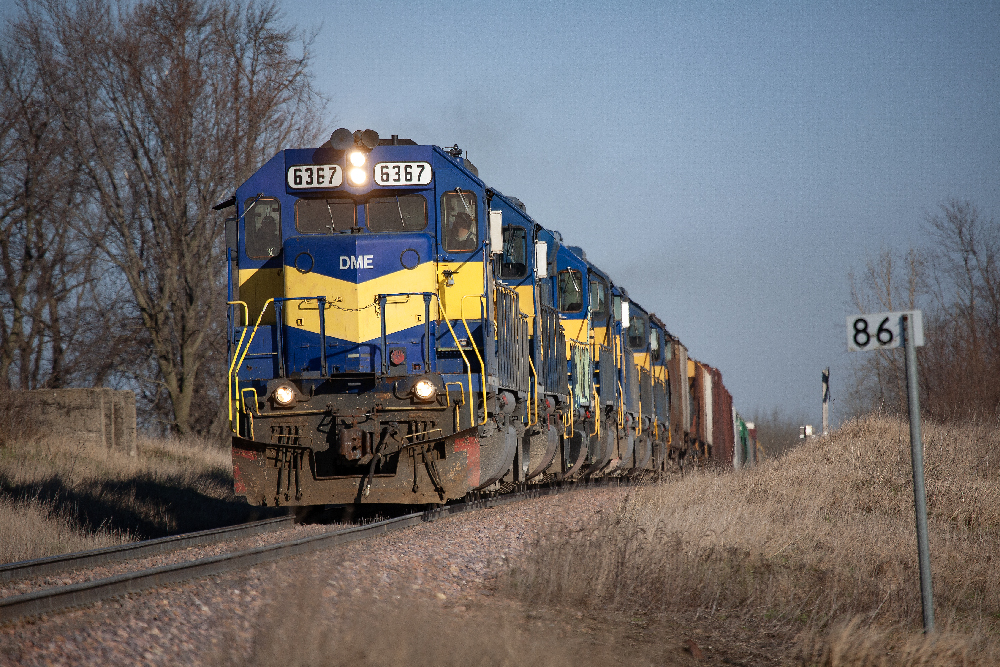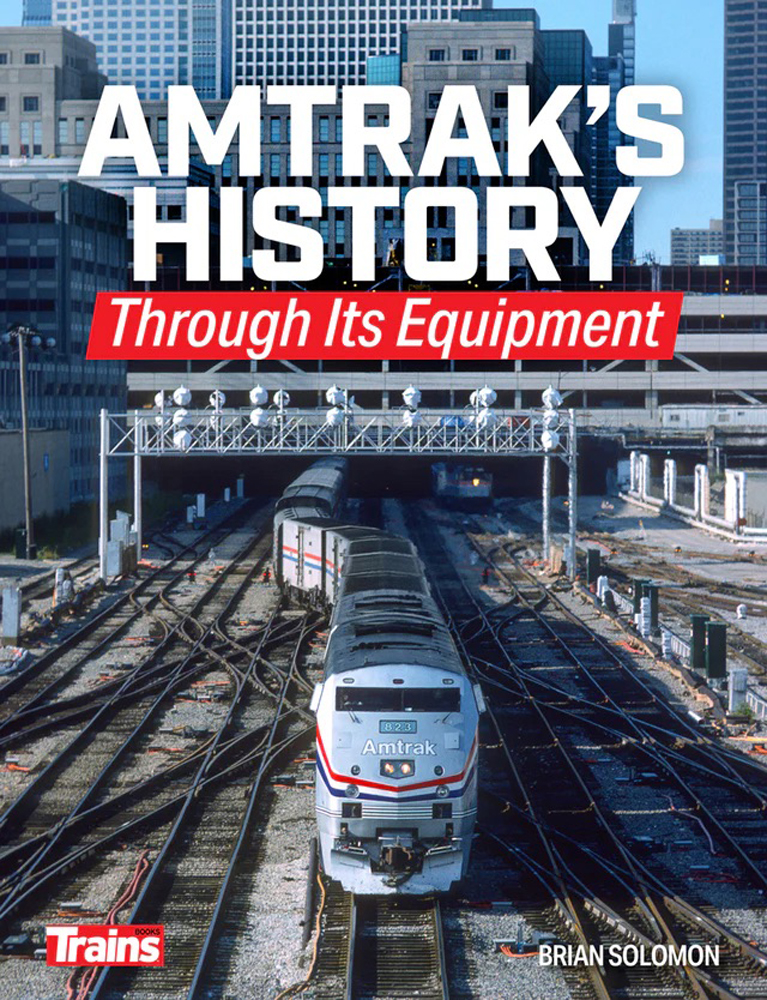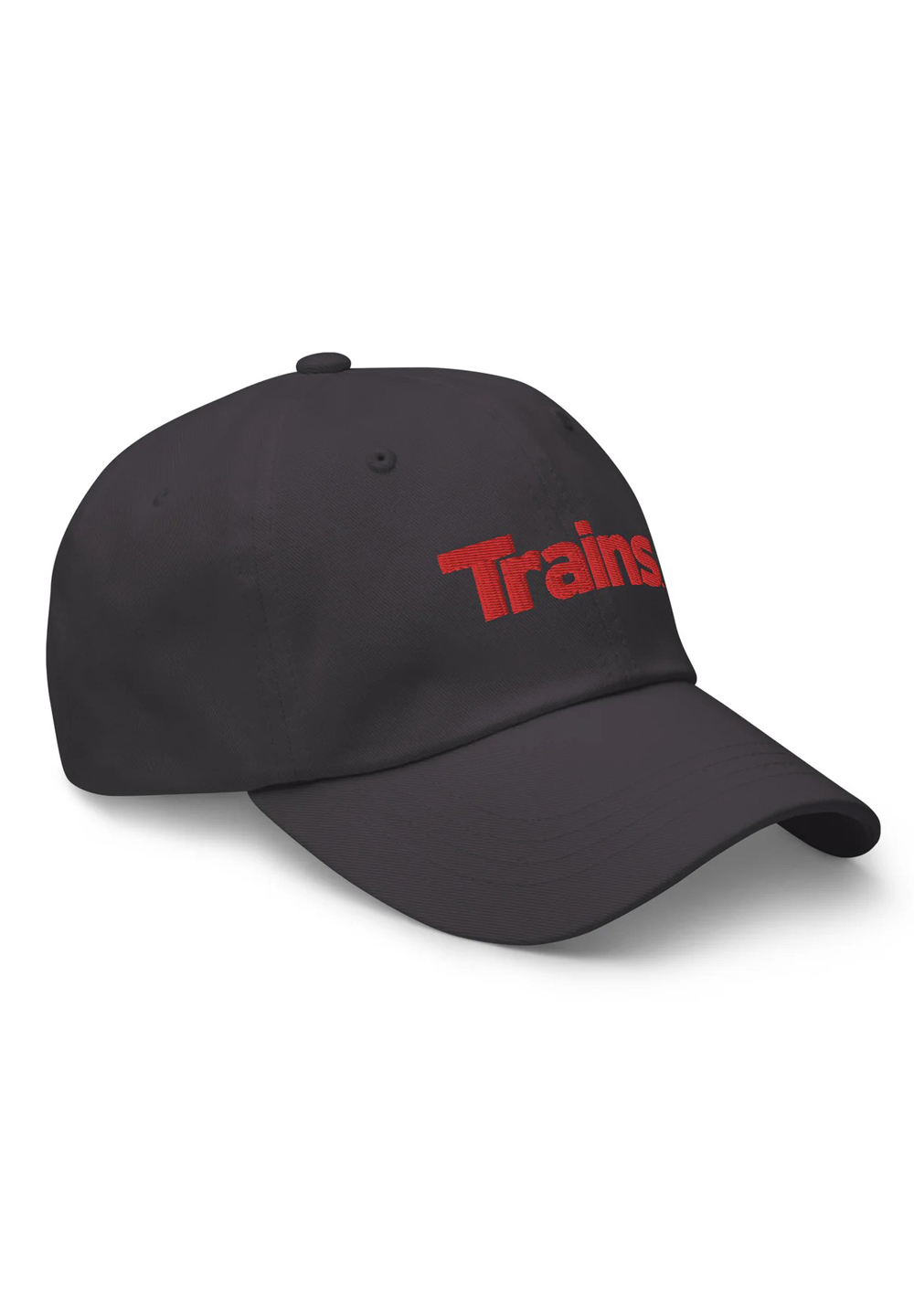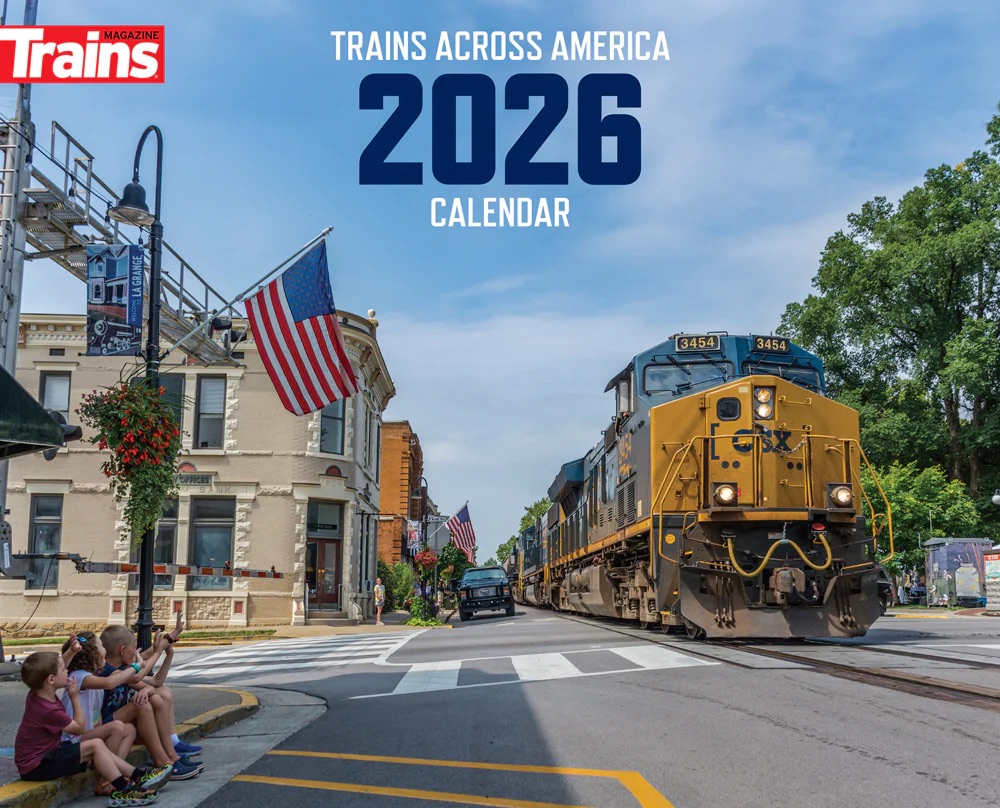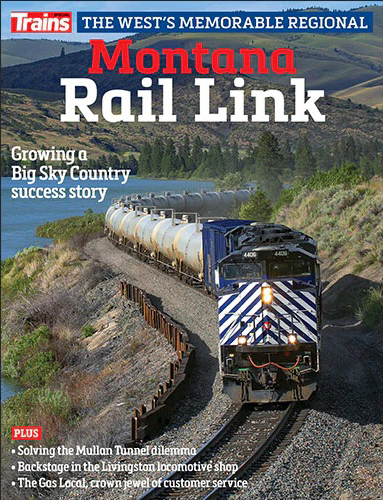
This full-page ad from roller bearing manufacturer Timken appeared 75 years ago in the May 1950 issue of Trains Magazine. It’s a reminder that roller bearings represented a huge advancement over the earlier friction, or plain, bearing design.
Axle-mounted roller bearings are a critical component in modern railroading due to their role in enhancing efficiency, safety, and reliability. These bearings are installed on the axles of railcars and locomotives, replacing the older journal box and plain bearing systems that required frequent maintenance and lubrication.
Roller bearings significantly reduce friction between the wheel and axle, allowing for smoother and more energy-efficient movement. This reduction in friction translates into lower fuel consumption for locomotives and decreased wear on track components, contributing to reduced operating costs and extended service life for both railcars and infrastructure.
Axle-mounted roller bearings are also less prone to overheating — a condition known as a “hot box” in older systems — which can lead to derailments if not detected in time.
Additionally, roller bearings support higher load capacities and speeds. Their reliability and low maintenance requirements also improve railcar uptime, crucial for both commercial and logistical efficiency.
Roller-bearing technology for rail cars began to see widespread adoption in the mid-20th century, although some experimentation occurred earlier. Prior to this, plain bearings (also known as journal bearings) were the standard. The main problem with solid-bearing trucks was that the journal boxes required frequent lubrication. This was labor intensive, and the result of a dry bearing was an overheated journal, which could result in a fire or broken axle. The eventual solution was trucks with roller-bearing journals.
Roller bearings greatly reduced friction and drag, and didn’t require lubrication. Roller-bearing trucks had been around since the turn of the 20th century, and began to see frequent use in the 1930s on passenger equipment. However, because of their additional cost, roller-bearing trucks didn’t come into wide use on freight equipment until the late 1950s and 1960s. These trucks are identified by their roller-bearing end caps on the axle ends. New cars built after 1966 were required to have roller-bearing trucks, and solid-bearing trucks were banned from interchange service after 1980.








